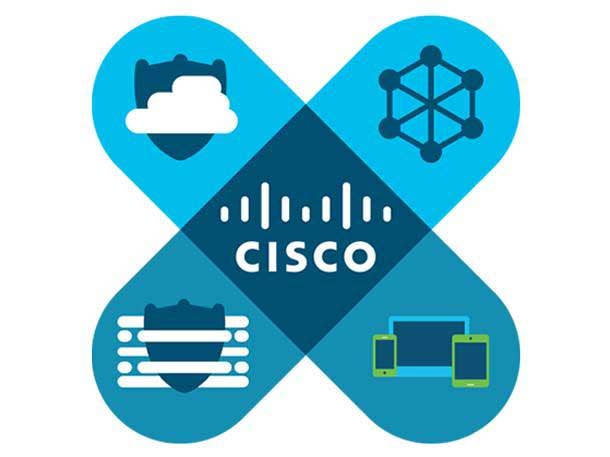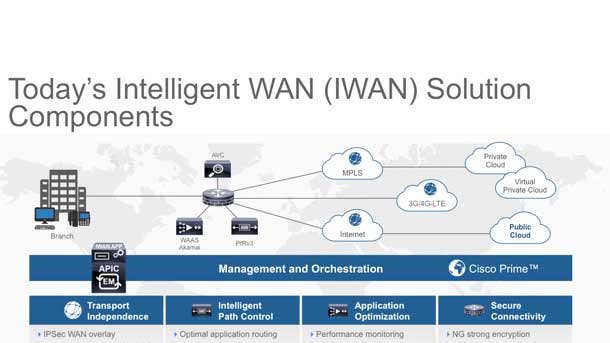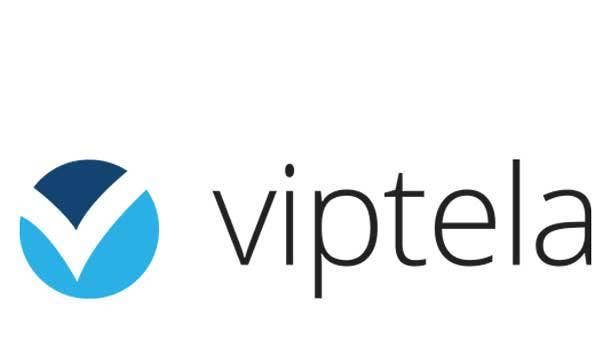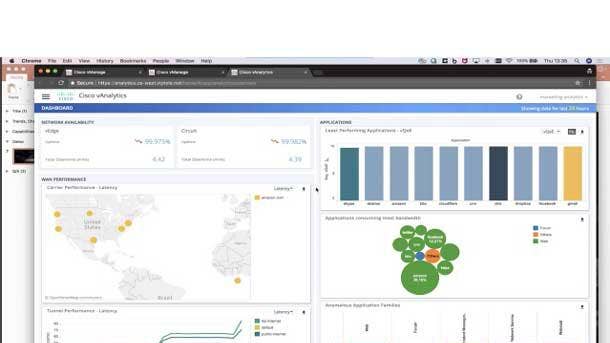5 Things To Know About Cisco SD-WAN
From IWAN to its $610 million Viptela purchase, here's what solution providers need to know about where Cisco's SD-WAN strategy came from and where its going.

Network Transformation
Research firm Gartner predicts 30 percent of enterprises will have deployed SD-WAN in their branch locations by the end of the year. Another research firm, IDC, estimates that worldwide SD-WAN revenues will exceed $6 billion in 2020. Needless to say, the SD-WAN market is only gaining steam as it matures.
Many vendors, from the established IT leaders, to startups, are getting in on the action, and networking giant Cisco is no exception. Cisco has brought several SD-WAN solutions to market, but today the company has two flavors of SD-WAN: Cisco Meraki and Cisco SD-WAN powered by Viptela, a solution derived from the IT giant's acquisition of SD-WAN startup Viptela for $610 million in 2017.
Here are five things that solution providers should know about Cisco SD-WAN products, the company's history in the crowded SD-WAN market, and its current strategy aimed at helping more customers prepare their networks for what's to come.

Build Or Buy?
Two years ago, Cisco was faced with the decision to refresh its first SD-WAN offering, Cisco IWAN, or buy a best of breed option. Cisco went the acquisition route and paid $610 million for SD-WAN startup and fellow San Jose-based firm Viptela for the company's cloud-based SD-WAN technology. Cisco said that with Viptela technology, it would be able to better deliver next-generation SD-WAN solutions to best serve all customer needs, no matter what size or scale.

Cisco IWAN
Cisco Intelligent WAN (IWAN) was Cisco's first-generation SD-WAN solution. Like many early SD-WAN offerings, IWAN was touted as a solution that companies could use to reduce their monthly WAN services bills.
IWAN was a premise-based offering that worked on the Cisco Integrated Services Router (ISR) to route traffic prioritized by application, endpoint, and network conditions to find the best path.

Cisco Meraki
Cisco Meraki SD-WAN is a great option for solution providers that have small business customers or clients with uncomplicated WANs that are looking for greater WAN flexibility.
The cloud-based Cisco Meraki SD-WAN with unified threat management capabilities solution is included with an enterprise license on Meraki MX SD-WAN and security appliances and requires no extra servers or hardware, according to Cisco. The solution can also be very easily deployed by customers by plugging it in and configuring the appliance within the Meraki dashboard.

Cisco Viptela
Cisco SD-WAN powered by Viptela is Cisco's second -- and current -- generation of its flagship SD-WAN offering.
Today, Cisco SD-WAN is a cloud-based solution that separates data and control planes. Users can manage the solution via the Cisco vManage console and establish an SD-WAN overlay to connect data centers, branches, campuses, and colocation facilities to improve network speed, security, and efficiency, according to Cisco.

Combining SD-WAN And Intent-based Networking
Cisco last month took its SD-WAN strategy a step further with two new offerings aimed at digging deeper into WAN performance, identifying issues, and analyzing possible solutions by bringing together its intent-based networking approach and SD-WAN.
The first was Cisco SD-WAN vAnalytics, based on Viptela technology, that can give IT teams better visibility into WAN performance and provides forecasting for application deployments. The second offering is Cisco Meraki Insight, a solution that give IT teams deeper insight into WAN and Software-as-a-Service (SaaS) application performance.